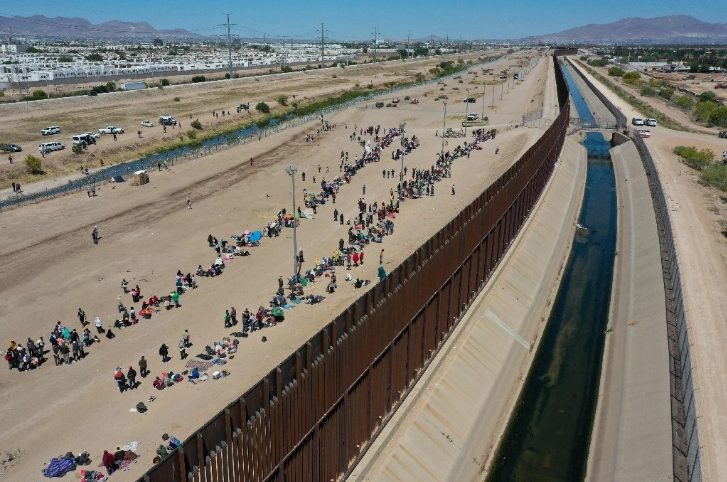Mexico City. To address the problems on the border between Mexico and the United States, more police surveillance is not required, but rather new models of governance, with binational institutions and intergovernmental organizations, said emeritus professor of economics at San Diego State University, James Gerber.
In this area, he added, problems are faced that have to do with international public goods, coordination, asymmetric information or externalities, among them sanitation, immigration, addictions, personal and national security, habitats, water and air quality, public health and cross-border transport.
For this reason, the associate researcher at the Center for Mexico-United States Studies, at the University of California San Diego, maintained that more coordination is needed, since the problems of the border region cannot be resolved by Mexico or the United States alone.
The majority lack solutions that eliminate these problems, they can only be managed, so “harm reduction should be a main objective,” he explained when participating in the University Seminar on Social Issues (SUCS) of the UNAM.
When addressing the topic “The economy of the Mexico-United States border,” he considered that federal and state governments should participate more in addressing the difficulties faced at the local level.
He pointed out that situations such as migration must be managed with the goal of reducing damage. “Now we do not have an institutional basis to address them in a healthy way that respects human rights,” he warned.
In the seminar organized by the University Program of Development Studies (PUED), James Gerber commented that the flow of people at the border is greater than is believed, speaking only of those who have documents; Those who enter without these are few, comparatively speaking.
He indicated that in 2023, 62 million crossed from Canadian territory to the United States, but so did 69 million, only from Tijuana to San Diego. That is to say, more people did so at that point alone than at all the EU-Canada border control points. In total, 252.7 million went from Mexico to the American Union.
These figures reveal that communities are deeply interdependent. They are conditioned by policies, events and externalities that originate in a foreign country. There are American influences on Mexican ones and vice versa; In that sense there is a symmetry. However, he clarified, there are also big differences between both sides in the level of income and other aspects, such as infrastructure.
Although there is retail trade because Mexicans go “to the other side” to make purchases in American metropolises, and in places like Tijuana, so-called medical tourism is notably registered – due to the cost, Americans receive care in Mexico, they even use the service veterinarian-, “border communities are not economically integrated.”
This is due, he highlighted, to the great difference in gross domestic product per capita, income, salaries and prices. For example, San Diego is three times richer, on average, than Tijuana. Although “we are connected in one way or another”, we cannot speak of integration; It is about interdependence.
According to Gerber, among the elements that make this interaction difficult is the Customs and Border Protection Office, and one of its units: the Border Patrol.
Although the budget of that entity has multiplied, the events are now worse, since migrants are mistreated, the flow of drugs is more abundant and the flow of weapons to Mexico continues. “We have created a bureaucracy that has no responsibility or accounting, nor does it have to justify its actions,” he said.
#MexicoUS #border #problems #require #organizations #police #Gerber
–


